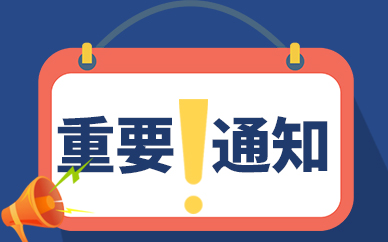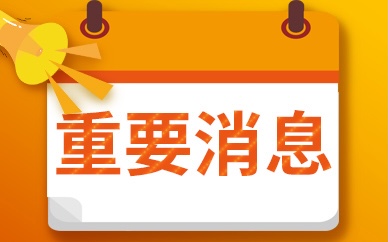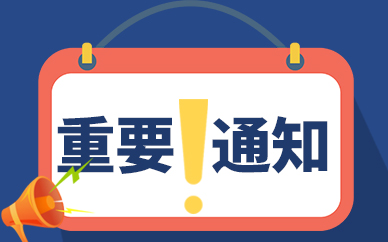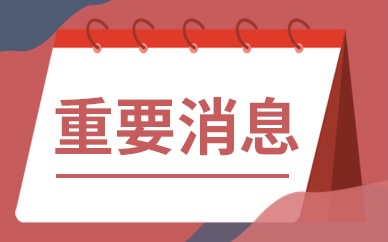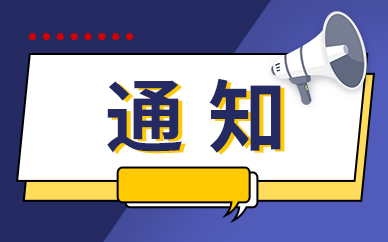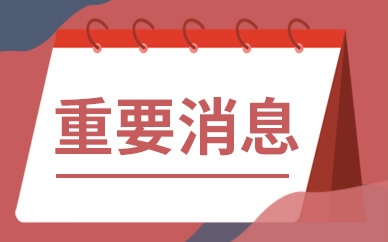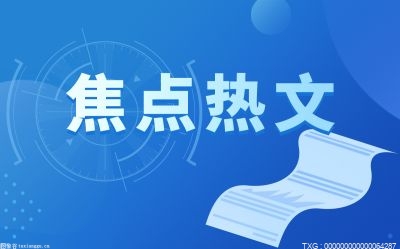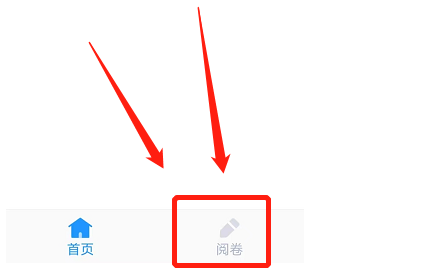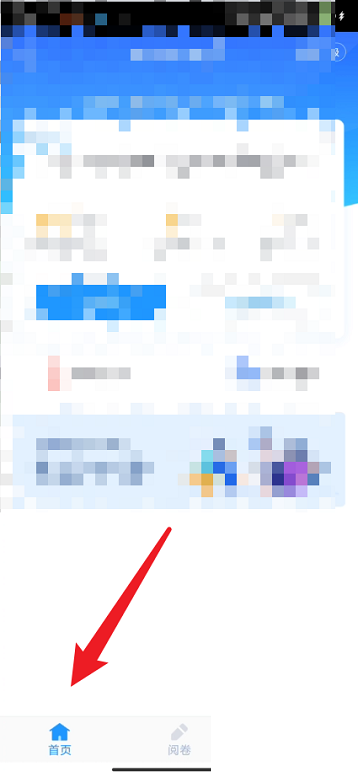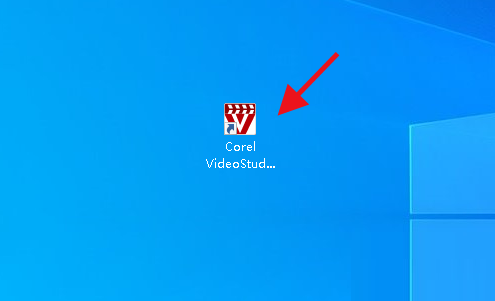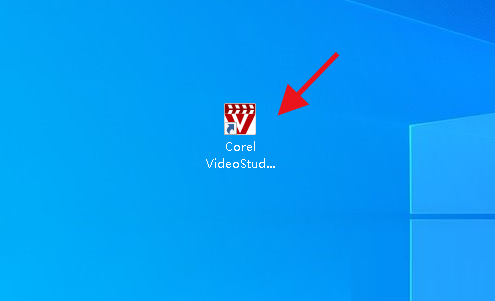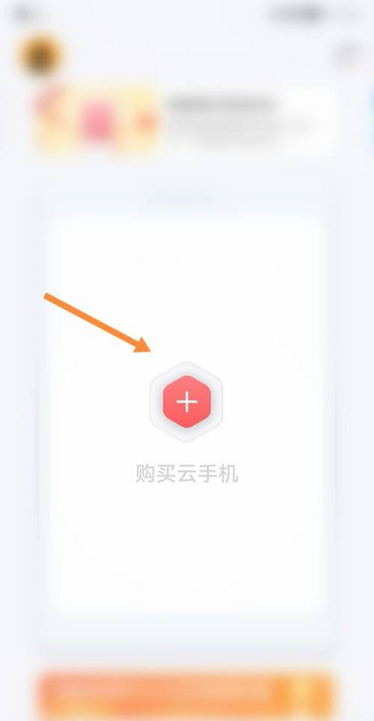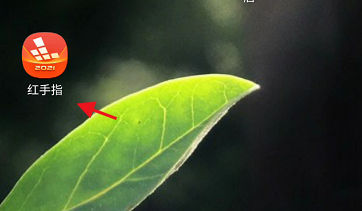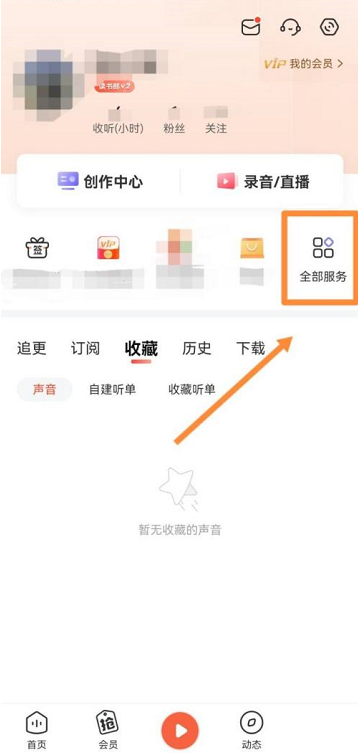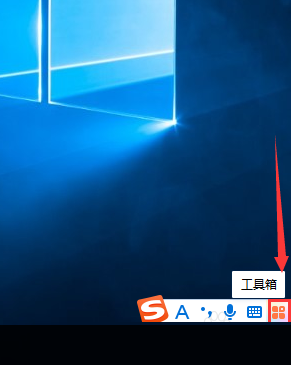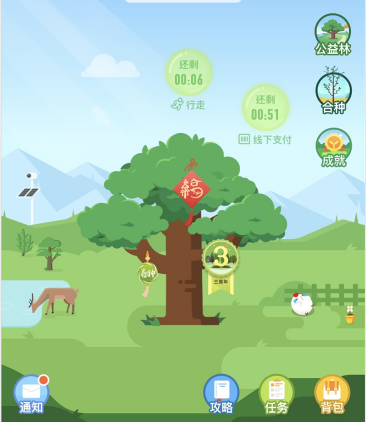一、nextTick小测试
你真的了解nextTick吗?来,直接上题~
<script> export default { name: "App", data () { return { name: "井柏然" } }, mounted() { console.log("mounted", this.$refs.name.innerText) }, methods: { handleClick () { this.$nextTick(() => console.log("nextTick1", this.$refs.name.innerText)) this.name = "jngboran" console.log("sync log", this.$refs.name.innerText) this.$nextTick(() => console.log("nextTick2", this.$refs.name.innerText)) } }}</script>{{ name }}
请问上述代码中,当点击按钮“修改name”时,"nextTick1","sync log","nextTick2"对应的this.$refs.name.innerText分别会输出什么?注意,这里打印的是DOM的innerText~(文章结尾处会贴出答案)
如果此时的你有非常坚定的答案,那你可以不用继续往下看了~但如果你对自己的答案有所顾虑,那不如跟着我,接着往下看。相信你看完,不需要看到答案都能有个肯定的答案了~!
二、nextTick源码实现
源码位于core/util/next-tick中。可以将其分为4个部分来看,直接上代码
1. 全局变量
callbacks队列、pending状态
const callbacks = [] // 存放cb的队列let pending = false // 是否马上遍历队列,执行cb的标志
2. flushCallbacks
遍历callbacks执行每个cb
function flushCallbacks () { pending = false // 注意这里,一旦执行,pending马上被重置为false const copies = callbacks.slice(0) callbacks.length = 0 for (let i = 0; i < copies.length; i++) { copies[i]() // 执行每个cb }}3. nextTick的异步实现
根据执行环境的支持程度采用不同的异步实现策略
let timerFunc // nextTick异步实现fnif (typeof Promise !== "undefined" && isNative(Promise)) { // Promise方案 const p = Promise.resolve() timerFunc = () => { p.then(flushCallbacks) // 将flushCallbacks包装进Promise.then中 } isUsingMicroTask = true} else if (!isIE && typeof MutationObserver !== "undefined" && ( isNative(MutationObserver) || MutationObserver.toString() === "[object MutationObserverConstructor]")) { // MutationObserver方案 let counter = 1 const observer = new MutationObserver(flushCallbacks) // 将flushCallbacks作为观测变化的cb const textNode = document.createTextNode(String(counter)) // 创建文本节点 // 观测文本节点变化 observer.observe(textNode, { characterData: true }) // timerFunc改变文本节点的data,以触发观测的回调flushCallbacks timerFunc = () => { counter = (counter + 1) % 2 textNode.data = String(counter) } isUsingMicroTask = true} else if (typeof setImmediate !== "undefined" && isNative(setImmediate)) { // setImmediate方案 timerFunc = () => { setImmediate(flushCallbacks) }} else { // 最终降级方案setTimeout timerFunc = () => { setTimeout(flushCallbacks, 0) }}这里用个真实案例加深对MutationObserver的理解。毕竟比起其他三种异步方案,这个应该是大家最陌生的const observer = new MutationObserver(() => console.log("观测到文本节点变化"))const textNode = document.createTextNode(String(1))observer.observe(textNode, { characterData: true})console.log("script start")setTimeout(() => console.log("timeout1"))textNode.data = String(2) // 这里对文本节点进行值的修改console.log("script end")知道对应的输出会是怎么样的吗?script start、script end会在第一轮宏任务中执行,这点没问题
setTimeout会被放入下一轮宏任务执行
MutationObserver是微任务,所以会在本轮宏任务后执行,所以先于setTimeout
4. nextTick方法实现
cb、Promise方式
export function nextTick (cb?: Function, ctx?: Object) { let _resolve // 往全局的callbacks队列中添加cb callbacks.push(() => { if (cb) { try { cb.call(ctx) } catch (e) { handleError(e, ctx, "nextTick") } } else if (_resolve) { // 这里是支持Promise的写法 _resolve(ctx) } }) if (!pending) { pending = true // 执行timerFunc,在下一个Tick中执行callbacks中的所有cb timerFunc() } // 对Promise的实现,这也是我们使用时可以写成nextTick.then的原因 if (!cb && typeof Promise !== "undefined") { return new Promise(resolve => { _resolve = resolve }) }}深入细节,理解pending有什么用,如何运作?案例1,同一轮Tick中执行2次$nextTick,timerFunc只会被执行一次
this.$nextTick(() => console.log("nextTick1"))this.$nextTick(() => console.log("nextTick2"))用图看看更直观?三、Vue组件的异步更新
这里如果有对Vue组件化、派发更新不是十分了解的朋友,可以先戳这里,看图解Vue响应式原理了解下Vue组件化和派发更新的相关内容再回来看噢~
Vue的异步更新DOM其实也是使用nextTick来实现的,跟我们平时使用的$nextTick其实是同一个~
这里我们回顾一下,当我们改变一个属性值的时候会发生什么?
根据上图派发更新过程,我们从watcher.update开时讲起,以渲染Watcher为例,进入到queueWatcher里
1. queueWatcher做了什么?
// 用来存放Wathcer的队列。注意,不要跟nextTick的callbacks搞混了,都是队列,但用处不同~const queue: Array= []function queueWatcher (watcher: Watcher) { const id = watcher.id // 拿到Wathcer的id,这个id每个watcher都有且全局唯一 if (has[id] == null) { // 避免添加重复wathcer,这也是异步渲染的优化做法 has[id] = true if (!flushing) { queue.push(watcher) } if (!waiting) { waiting = true // 这里把flushSchedulerQueue推进nextTick的callbacks队列中 nextTick(flushSchedulerQueue) } }}
2. flushSchedulerQueue做了什么?
function flushSchedulerQueue () { currentFlushTimestamp = getNow() flushing = true let watcher, id // 排序保证先父后子执行更新,保证userWatcher在渲染Watcher前 queue.sort((a, b) => a.id - b.id) // 遍历所有的需要派发更新的Watcher执行更新 for (index = 0; index < queue.length; index++) { watcher = queue[index] id = watcher.id has[id] = null // 真正执行派发更新,render -> update -> patch watcher.run() }}最后,一张图搞懂组件的异步更新过程四、回归题目本身
相信经过上文对nextTick源码的剖析,我们已经揭开它神秘的面纱了。这时的你一定可以坚定地把答案说出来了~话不多说,我们一起核实下,看看是不是如你所想!
1、如图所示,mounted时候的innerText是“井柏然”的中文
2、接下来是点击按钮后,打印结果如图所示
没错,输出结果如下(意不意外?惊不惊喜?)
sync log 井柏然
nextTick1 井柏然
nextTick2 jngboran
下面简单分析一下每个输出:
this.$nextTick(() => console.log("nextTick1", this.$refs.name.innerText))this.name = "jngboran"console.log("sync log", this.$refs.name.innerText)this.$nextTick(() => console.log("nextTick2", this.$refs.name.innerText))sync log:这个同步打印没什么好说了,相信大部分童鞋的疑问点都不在这里。如果不清楚的童鞋可以先回顾一下EventLoop,这里不多赘述了~
nextTick1:注意其虽然是放在$nextTick的回调中,在下一个tick执行,但是他的位置是在this.name = "jngboran"的前。也就是说,他的cb会比App组件的派发更新(flushSchedulerQueue)更先进入队列,当nextTick1打印时,App组件还未派发更新,所以拿到的还是旧的DOM值。
nextTick2就不展开了,大家可以自行分析一下。相信大家对它应该是最肯定的,我们平时不就是这样拿到更新后的DOM吗?
最后来一张图加深理解
写在最后,nextTick其实在Vue中也算是比较核心的一个东西了。因为贯穿整个Vue应用的组件化、响应式的派发更新与其息息相关~深入理解nextTick的背后实现原理,不仅能让你在面试的时候一展风采,更能让你在日常开发工作中,少走弯路少踩坑!好了,本文到这里就暂告一段落了,如果读完能让你有所收获,就帮忙点个赞吧~画图不易、创作艰辛鸭~
(学习视频分享:vuejs教程、web前端)
以上就是干货分享,带你了解Vue中的Vue.nextTick的详细内容,更多请关注php中文网其它相关文章!



